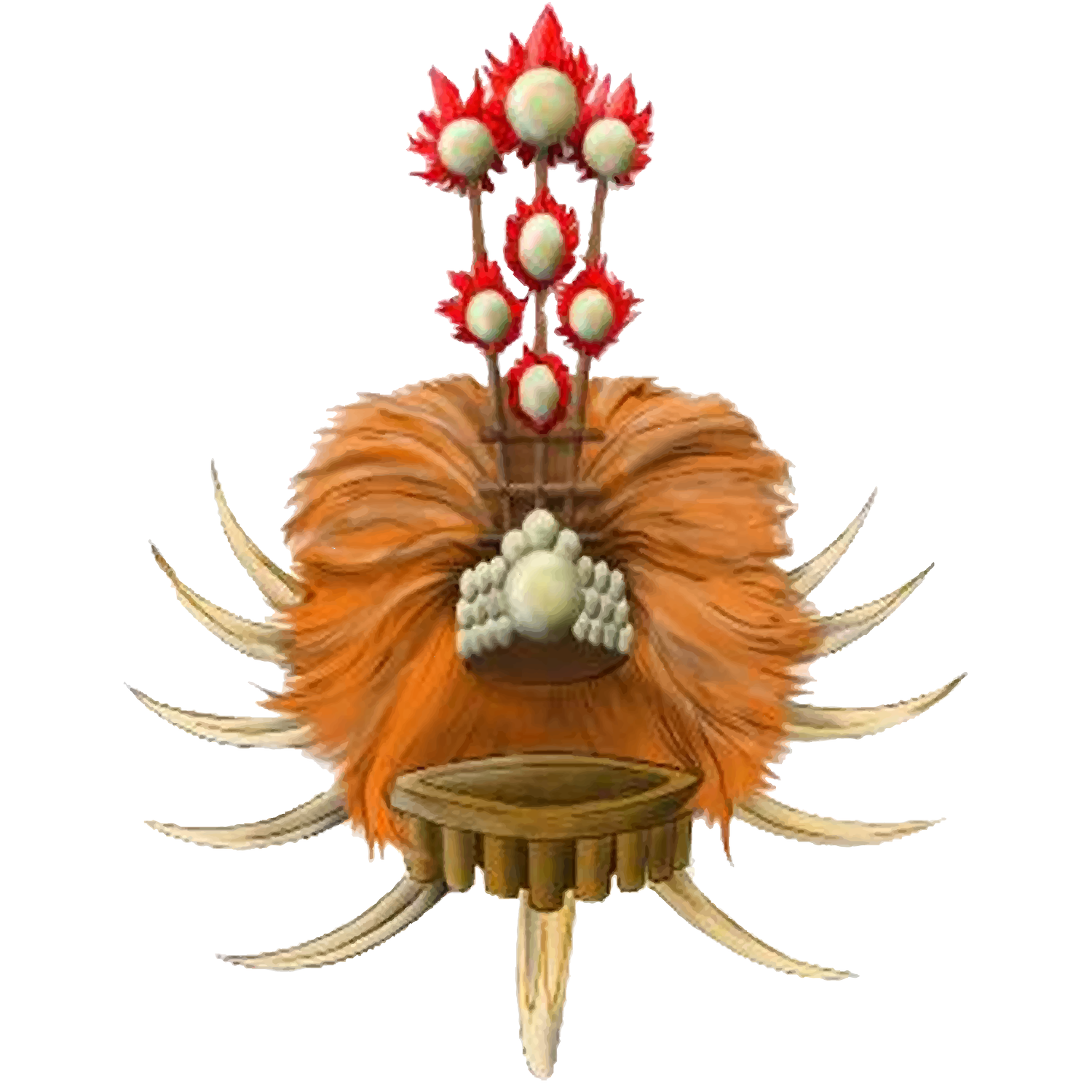about poloa
Poloa, situated in the Alataua District of American Samoa, lies on the western side of Tutuila. In 2010, the village had a population of 193 residents. The predominant denominations in the area are Methodist and Christian. Poloa hosts one elementary school, located in Lealataua County. Historically, many Poloa villagers have been employed at shipyards operated by Germans and Americans since the introduction of American culture.
HISTORY
World War II
Due to its strategic location on the western tip of Tutuila Island, the land known as Sua in Poloa was utilized as a military station for about 2,000 U.S. Marines guarding the island against the Japanese fleets. World War II relics in town include pillbox forts and foot trails used by the Marines on the coastline. The military settlement brought about better roads and also a boost in the population of Alataua County. Three pillbox forts can be seen along the shore and an open tunnel can be seen at the entry to Poloa Village, known as Le Mafa. The three pillbox forts were erected in order to protect the island from Japanese forces entering from the west. The Poloa Defensive Fortifications were listed on the U.S. National Register of Historic Places in 2012, under the U.S. Department of the Interior. After World War II, the fortifications became social gathering sites for local residents.
2009 tsunami
Almost every building in town was severely damaged by the 2009 tsunami, including most houses and a church. Reconstruction work was carried out under the command of the Federal Emergency Management Agency (FEMA). Two large tsunami waves struck the village. The first wave came from the north and the second wave from the northeast. The Matai saw the tsunami approaching and warned residents of the need to evacuate. Consequentially, almost all residents successfully escaped the tsunami. One victim was recorded in Poloa.
Taputapu Elementary School and the Early Childhood Education Center were completely destroyed by the earthquake-triggered tsunami. Funding of $3 million from the Federal Emergency Management Administration was given the village to rebuild, but they refused to provide funding for the school to be rebuilt at its original site, due to the close proximity to the sea. The elementary school was, therefore, to be built to the north in Fagalii. It was the last to be rebuilt of five elementary schools in the territory destroyed by the tsunami.
Village relocation
In wake of the 2009 tsunami that claimed one life in the village, the government together with the Federal Emergency Management Agency (FEMA) encouraged villagers to relocate and build their village on higher grounds within the village. Some families have complied, while others have stayed behind. With only the CCCAS church and a few houses left in Poloa-Lalo, most residents now live in Poloa-Luga.
FUN FACT
The name Poloa stems from the idea that once the sun sets beyond the horizon, darkness swiftly envelops the surroundings, hence "Po-loa." Legend has it that the name originated from the travels of the legendary twins Taema and Tilafaiga, who sought Fututalie, a Samoan prince residing in a village at the western tip of Tutuila Island. One distinct feature they sought was a village where darkness fell immediately after sunset.

